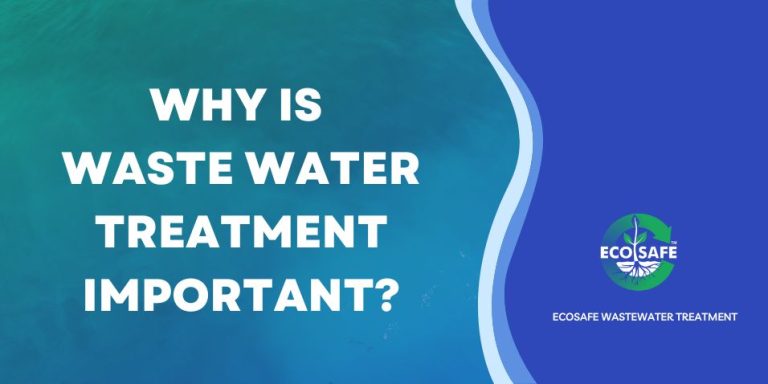See This Report about Reclaim Waste
See This Report about Reclaim Waste
Blog Article
4 Easy Facts About Reclaim Waste Shown
Table of ContentsUnknown Facts About Reclaim WasteNot known Details About Reclaim Waste The Of Reclaim WasteGetting My Reclaim Waste To WorkSee This Report about Reclaim Waste
Check out the kinds, incidents, and kinds of fluid waste. Domestic sewer waste refers to the waste and items from a property sewage-disposal tank. This type of waste is produced by humans in residences, institutions, and other structures. This only includes septic systems that have a drain area. The appropriate management and disposal of residential sewage waste call for liquid waste to be moved to a sewer therapy plant where the appropriate techniques and devices are applied to purify and throw away waste.
Commercial waste commonly includes prospective hazards, such as combustible materials or a combination of liquid and solid waste items, and needs an advanced and thorough disposal process. The disposal of industrial waste generally entails the filtration of waste prior to transportation to make sure risk-free and correct disposal. Hazardous waste is produced from byproducts and overflow of industrial procedures and manufacturing.
This type of waste can not utilize the very same sewage monitoring transportation or procedures as septic or commercial liquids. The industrial waste administration procedure calls for the inspection and testing of fluid waste prior to it undertakes the disposal procedure (liquid waste removal melbourne). Overflow waste is the liquid waste that comes from overflow and excess stormwater in extremely booming locations or cities
Runoff waste can trigger contamination and flooding if not taken care of correctly. Making sure correct waste monitoring can protect against catastrophes and lower environmental damage.
Getting My Reclaim Waste To Work
Get in touch with PROS Services today to find out about our waste monitoring and disposal solutions and the correct means to look after the fluid waste you create.
(https://fliphtml5.com/homepage/kekhp)Do you recognize what takes place to your water when you end, purge the bathroom or drain the cleaning device? No? Well, it deserves knowing. This supposed 'wastewater' is not only a vital source but, after therapy, will be launched to our land, waterways or the sea. Utilized water from commodes, showers, bathrooms, kitchen sinks, washings and industrial procedures is called wastewater.

water used to cool equipment or clean plant and tools). Stormwater, a form of wastewater, is drainage that flows from agricultural and city areas such as roof coverings, parks, gardens, roadways, courses and rain gutters right into stormwater drains, after rain. Stormwater moves without treatment straight to local creeks or rivers, ultimately getting to the sea.
Our Reclaim Waste Ideas
In Queensland, the majority of wastewater is dealt with at sewer therapy plants. Wastewater is transferred from domestic or industrial websites with a system of sewage systems and pump terminals, known as sewerage reticulation, to a sewage therapy plant.
The Division of Natural Resources recommends city governments about handling, operating and keeping sewerage systems and therapy plants. In unsewered areas, visit this website neighborhood governments may need homeowners to set up private or home sewer therapy systems to treat domestic wastewater from commodes, cooking areas, washrooms and washings. The Department of Natural Resources authorizes the usage of home systems when they are shown to be effective.
In some new communities, treatment of some stormwater to remove trash, sand and crushed rock has started using gross toxin traps. Wastewater therapy occurs in 4 phases: Eliminates solid matter.
Uses tiny living microorganisms recognizes as micro-organisms to damage down and eliminate continuing to be dissolved wastes and fine fragments. Micro-organisms and wastes are incorporated in the sludge.
Excitement About Reclaim Waste
Nutrient elimination is not available in any way sewer treatment plants due to the fact that it requires expensive specialist tools. It is becoming more common in Queensland. Clear liquid effluent generated after therapy might still have disease-causing micro-organisms. If this effluent is launched right into rivers such as rivers or the sea, the micro-organisms will ultimately die out.

The majority of wastewater moves into the sewerage system. Under the Act, local federal governments administer authorizations and licences for eco appropriate tasks (Ages) entailing wastewater releases that could have a regional influence.
The 6-Minute Rule for Reclaim Waste
Monitoring offers accurate info concerning water top quality and can confirm that licence conditions are being met. The information obtained through monitoring provides the basis for making water quality decisions.
Report this page